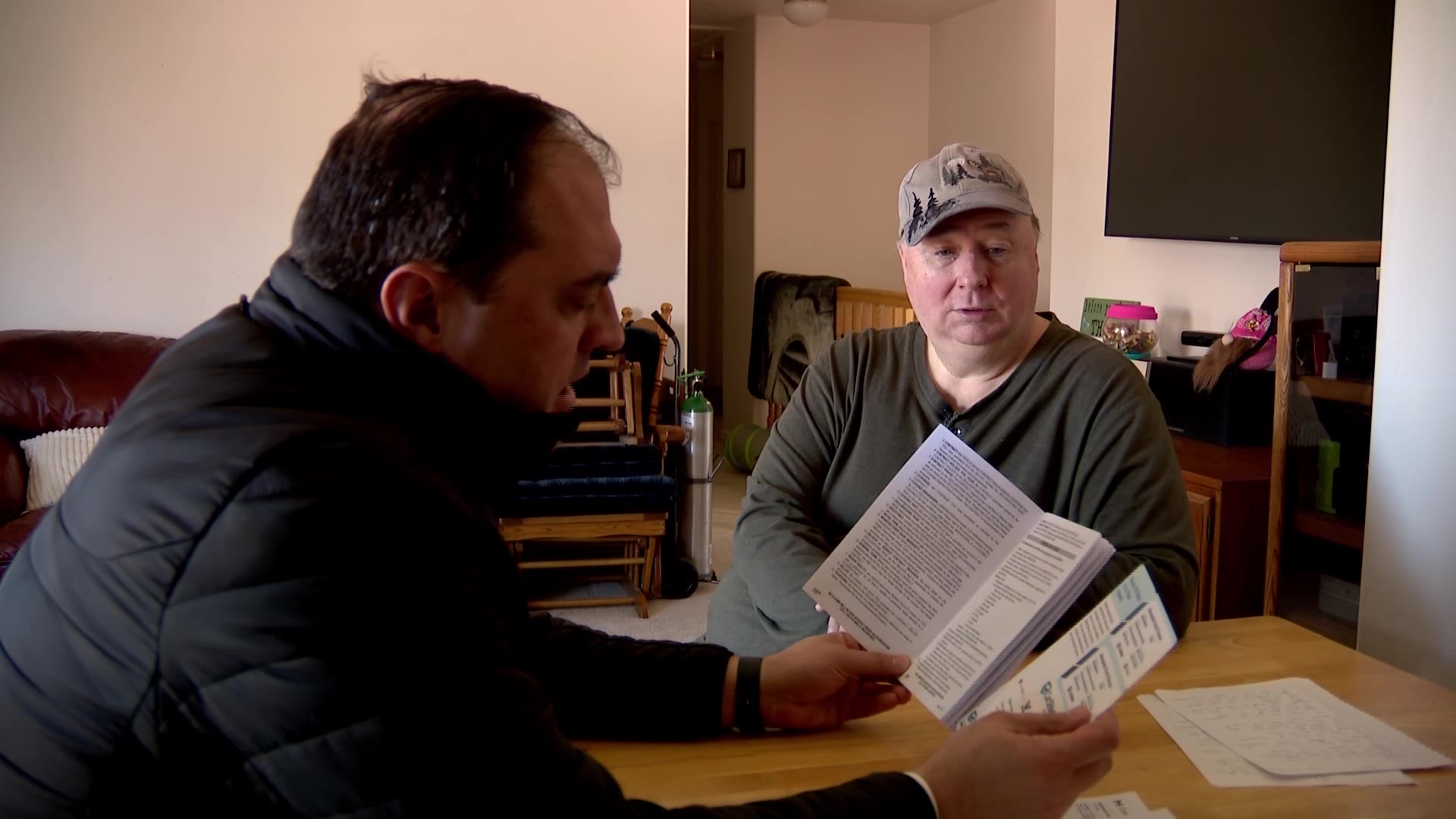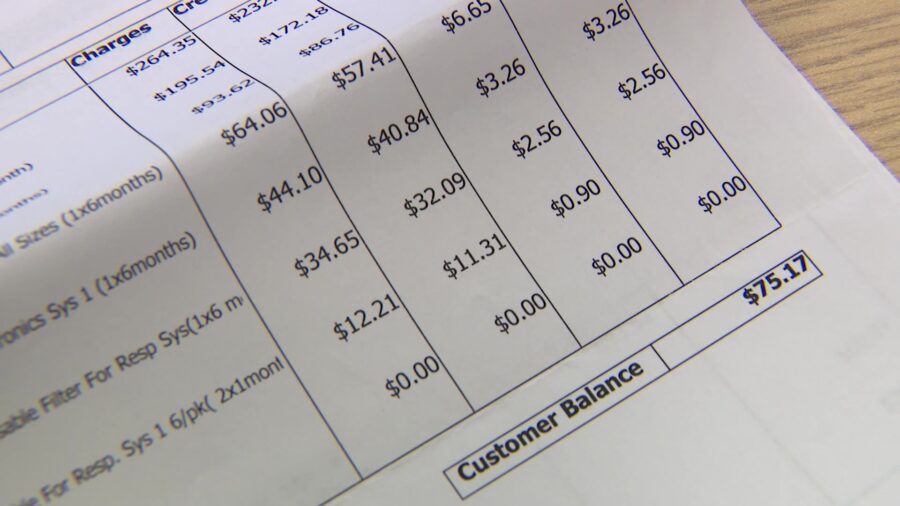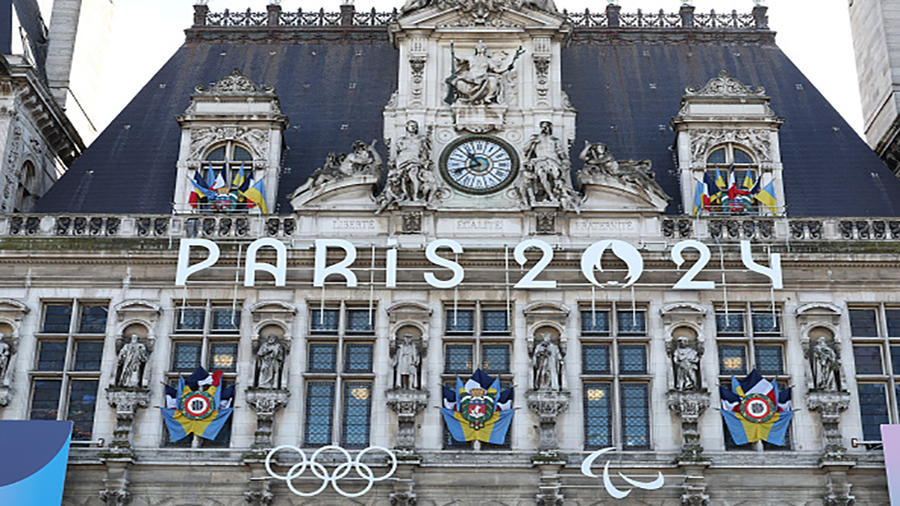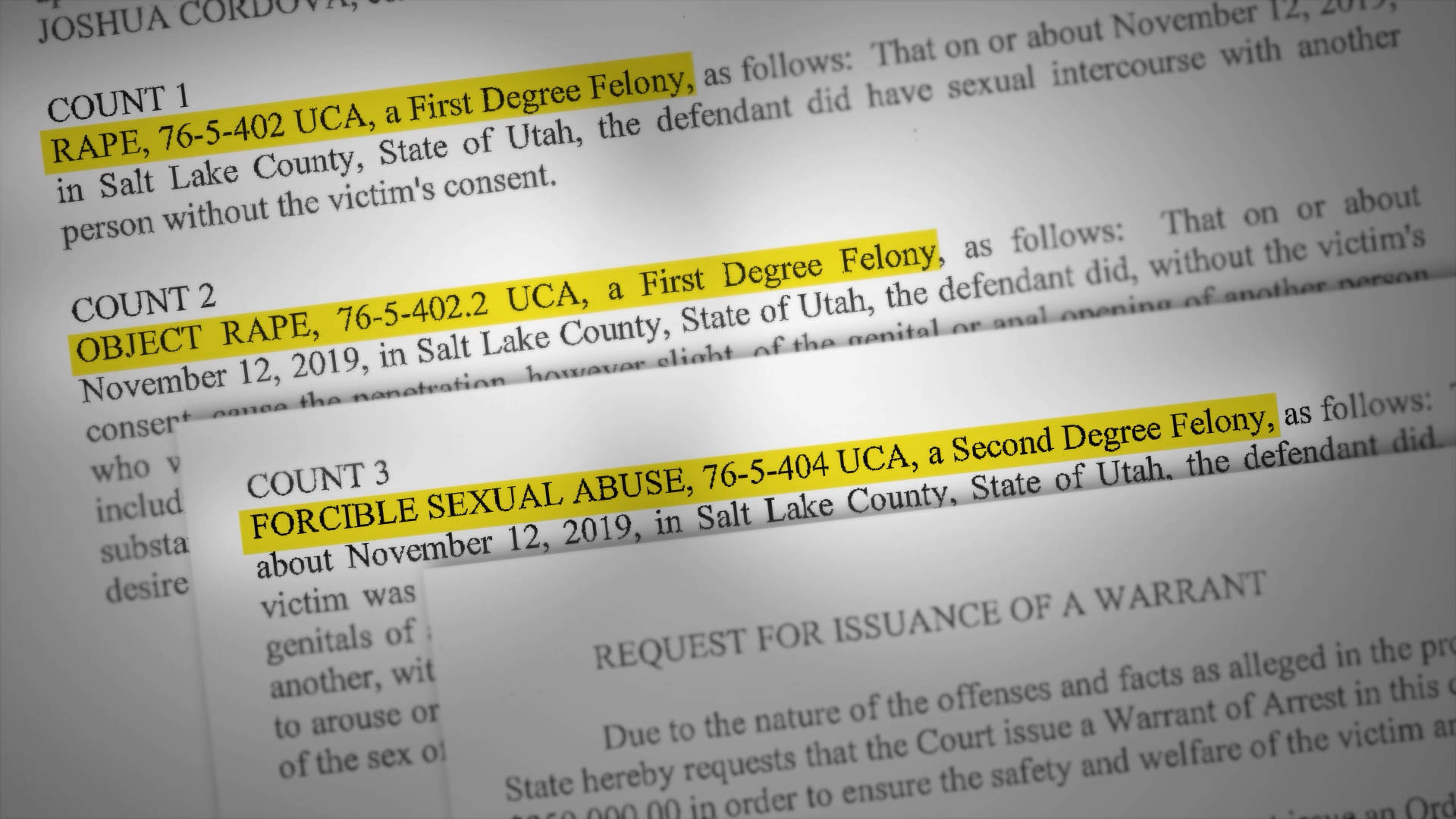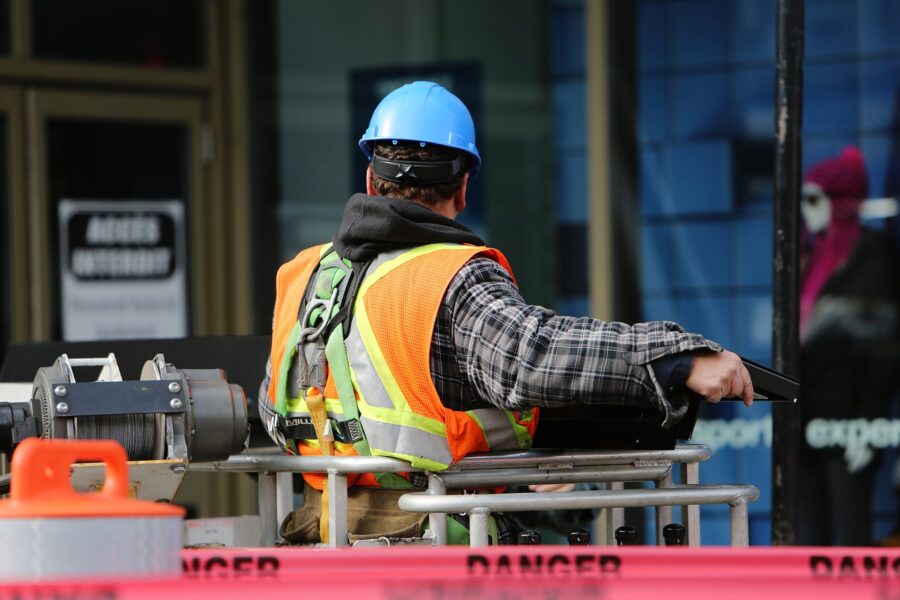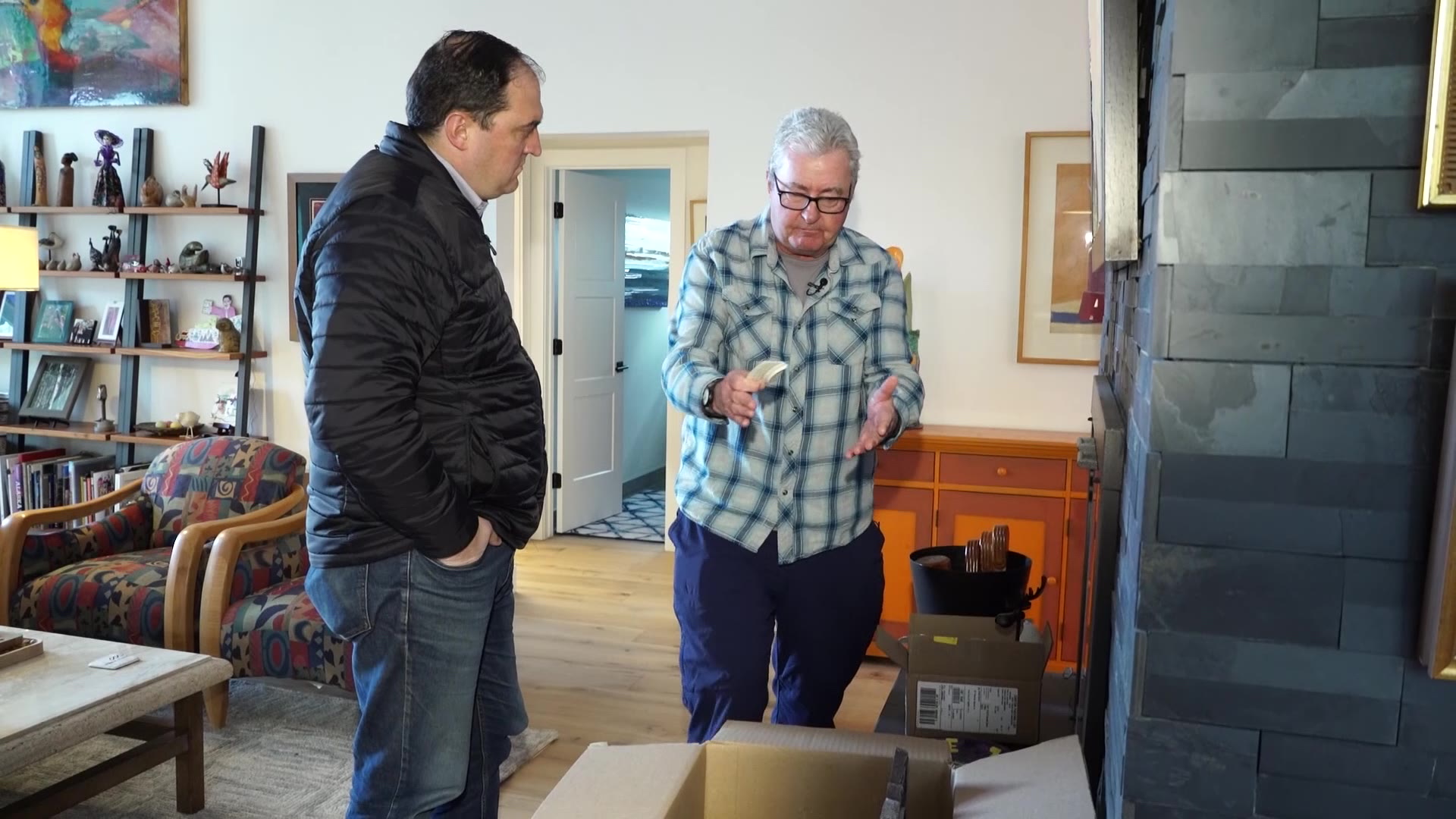Gabby Petito’s case highlights racial disparities in response to missing persons cases
Sep 21, 2021, 10:25 PM | Updated: 10:44 pm
CHEYENNE, Wyo. – When news broke investigators had discovered human remains matching the description of 22-year-old Gabby Petito, Nicole Wagon immediately thought about Petito’s mother.
“For that family and the mother, you know, to me, that’s a blessing,” said Wagon. “You’re one of the fortunate ones to be able to bring your daughter home and lay them to rest.”
Wagon is a member of the Northern Arapaho tribe living on the Wind River Indian Reservation. She’s also a mother who can relate to the pain of losing a daughter and the agony of waiting for answers that are not guaranteed.
In January 2019, her oldest daughter, Jocelyn Watt, 30, was murdered in Riverton, Wyoming, along with her companion, Rudy Perez.
The case remains unsolved.
Watt had a big heart and made everybody smile, Wagon said.
She was musically gifted and “What Does It Look Like in Heaven” was one of her favorite songs to sing for people.
“It was the hardest thing that I’ve ever done in my life,” Wagon said, describing the day that her family played Watt’s favorite song and laid her to rest.
A year later, in January 2020, Watt’s younger sister, Jade Wagon, went missing.
She was found three weeks later on the Wind River Indian Reservation.
Investigators attributed her death to hypothermia and drug use and closed the case, but Nicole Wagon believes the system failed her daughter.

Jocelyn Watt (left) was found murdered on Jan. 5, 2019. Her younger sister, Jade Wagon (right) was reported missing on Jan. 2, 2020 and found dead three weeks later. Their mother, Nicole Wagon is still waiting for justice.
Jade went missing as they were planning a one-year memorial for her sister.
“I know my daughter knew of the family’s plans, and there’s no way she would have missed this,” Wagon said. “So, that’s how we knew something was wrong.”
Wagon believes both of her daughters were murdered, and while she does not, in any way, begrudge the attention and resources given to Petito’s case, she cannot help but wonder why other cases are not treated the same way, and whether similar efforts could bring answers to Wyoming families who are still waiting.
In the aftermath of Petito’s disappearance, internet sleuths, national media outlets and multiple law enforcement agencies all worked to find answers.
“It is highlighting a disparity,” said Cara Chambers, director of the Wyoming Attorney General’s Division of Victims Services and chair of the state’s Missing and Murdered Indigenous Persons task force.
“Why did Gabby’s case get so much attention? And again, so grateful that it did, but you had a beautiful young, blonde, white woman,” said Chambers.
In January, the state released a report that found 710 Indigenous people were reported missing in Wyoming between 2011 and 2020. And while Indigenous people only make up three percent of Wyoming’s total population, they account for 21 percent of the state’s homicide victims.
Researchers analyzed newspaper reports of those missing people and found homicide cases involving white victims were more likely to get covered, with 51 percent of them generating news articles, while only 30 percent of homicides with Indigenous victims were covered. That number drops to just 18 percent for Indigenous female homicide victims.
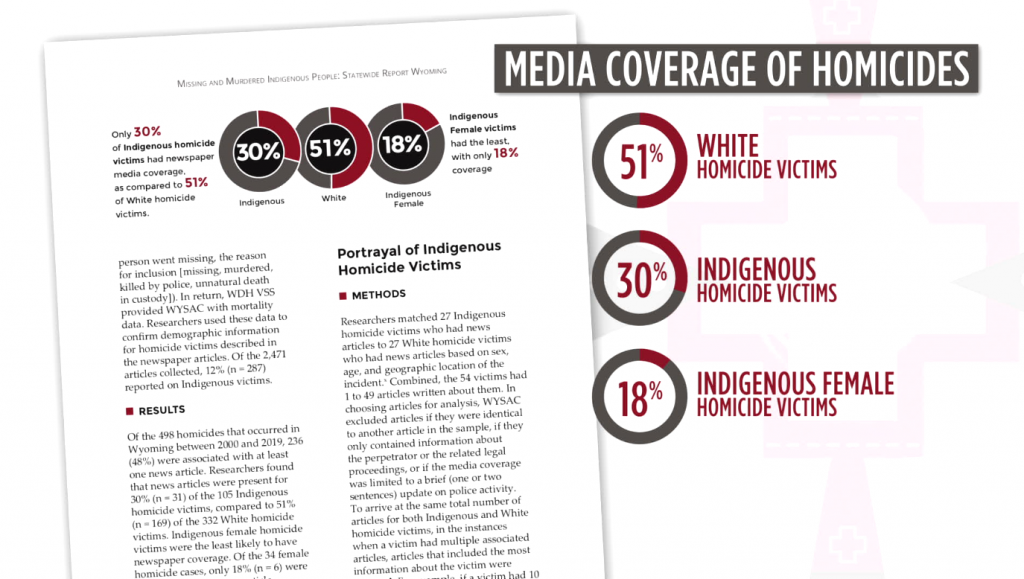
Wyoming issued a report in January 2021 about disparities in media coverage and community barriers Indigenous families face when a loved one is murdered or goes missing.
“What this study was also able to show is, even of those 18 or 30 percent who get media coverage, the way it’s covered, and the unfortunate negativity involved in the reporting – maybe the overly graphic description of a crime, very little personalization that’s done about the victim, referring more to a body versus a victim – and you don’t see that as much when reporting on white victims,” said Chambers.
She said the way Indigenous victims have been portrayed could have a chilling effect on families’ willingness to reach out and ask for help.
“I think native victims and their families maybe don’t feel equally as empowered … or heaven forbid, have seen these years of articles of negative portrayal and certainly don’t want that for their loved one, so, you know, media, we have to do better,” said Chambers.
Incidences of Indigenous people going missing or being murdered is an epidemic, Wagon said. She knows too many families who are still waiting for justice.
“There’s more, many more, even after the fact of losing my two daughters,” she said. “So, there’s many families out here, I imagine, we’re watching it feeling the same way of, ‘Do we count and matter?’”
Wyoming’s January report listed ten indigenous people as still missing in that state, but Chambers said the numbers could be worse. Researchers ran into data gaps and inconsistencies and said there’s a critical need for meaningful, accurate and timely data collection for Indigenous people.
KSL Investigators reached out to state and federal authorities, but were not able to get an accurate count of cases that are currently open – something Chambers said is, in a way, indicative of the problem.
Chambers said the state is acting on recommendations in the report. Those include raising community awareness about cases of missing and murdered Indigenous people and creating an Indigenous advocacy position to help families navigate the system when a loved one goes missing.
Another recommendation to develop consistent protocols and data systems for reporting missing and murdered Indigenous persons, according to Chambers, is still in progress.
Have you experienced something you think just isn’t right? The KSL Investigators want to help. Submit your tip at investigates@ksl.com or 385-707-6153 so we can get working for you.


